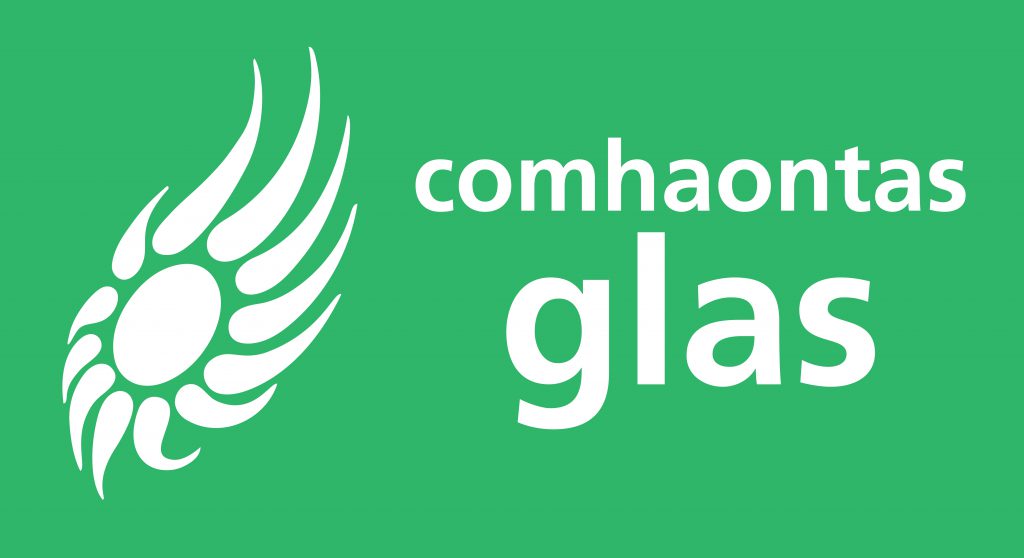EU Nature Restoration Law and Irish Agriculture
Marc Ó Cathasaigh:
Before I turn to the topic at hand, I could not speak on matters relating to the natural world today without marking the sad loss of Michael Viney, who was one of the finest nature writers we have had the fortune to have in this country. The “Another Life” column was founded the same year I was born, 1977. That column on a Saturday has been part of the rhythm of my weekend my entire adult life. In a sense, he was our David Attenborough, but instead of seeking the wild world in far-flung places, he burrowed down into his beloved Thallabawn and let the natural world come to him. I am reminded of Blake: he saw the world in a grain of sand and a heaven in a wild flower. Over close to half a century, his column evolved from a diary of another life, a life lived another way, into a sad elegy for how much we have lost in our natural world and, indeed, how much we stand to lose. I wonder what his Saturday column would have said this Saturday with an eye to the nature restoration law and how calm and informed his voice would have been, as it always was, in going through the detail measure by measure, not in a way that would scaremonger or seek to mislead but in a way that would really speak to us about the actual implications of what is a far-reaching and extremely necessary law from the European Union.
There is no comeback from extinction, and we have to be honest about the scale of the impact we as humans are having on the natural world that sustains us. The nature restoration law represents a last best hope to try to remediate some of that damage, to try to restore our landscapes that have sustained us for so long and to put a halt to the steep decline we have seen in biodiversity right across the European Union and right across the entire world. There is also a question of intergenerational fairness here. Extinction is for ever. No future generation can undo that damage. As our countryside becomes progressively quieter, emptier and lonelier, I am acutely conscious that that is a world I am handing over to my children and my grandchildren, and that is not a legacy I think any one of us here wants to leave.
The title of our debate today is “the current state of play regarding the nature restoration law”. Not two hours ago I saw news breaking that the European People’s Party, EPP, had left the negotiations.
I hold Deputy Alan Farrell in the highest regard. He is one of the most capable parliamentary colleagues in the Houses. Given that I have heard him voice his support for the proposed legislation, I implore him to make his views known, including to his European colleagues. It is imperative that this law pass.
One of the things that concerns me is the time we have spent discussing Article 9.4. I believe the Minister of State dealt very well in his opening statement with the facts that the scale of the ambition we need regarding rewetting targets already matches up with our climate action plan and that State-owned land can do almost all the heavy lifting, certainly up to 2030 or 2040. I am not sure why so much emphasis has been laid on Article 9.4. Is it that people do not understand that State-owned lands can do the heavy lifting that is necessary? Alternatively, I wonder whether there is deliberate misdirection because, as I read the legislation and the nature restoration law, I look to Article 4 in respect of real ambition and the real scale of change needed if we are to meet the challenge put to us by the Citizens’ Assembly on Biodiversity Loss, which requires us to take radical and urgent action. Article 4 refers more to what we do with our protected habitats. Under Article 17 of the habitats directive, we must report to the European Commission on the status of our protected habitats and species. According to the Status of EU Protected Habitats and Species in Ireland report, which was produced by the National Parks and Wildlife Service in 2019, 85% of our habitats are in an unfavourable condition, either inadequate or bad, with 46% of habitats demonstrating ongoing declining trends. The real challenge lies in living up to existing obligations under the likes of the birds and habitats directives and the sustainable development goals, which commit us to the ambitious restoration of our natural world, be it on the land or in our rivers. In this regard, I find Article 7 more ambitious and challenging than Article 9.4. We have pre-existing commitments we are not living up to. In fact, these are the most difficult. We have spent too long hiding from them and reporting time and again, on the basis of a six-year cycle, on how the natural world is in decline rather than taking up the challenge put to us by the Citizens’ Assembly to act urgently, as needed. Future generations will look back at this debate on the nature restoration law and will see it as a pivotal turning point in one direction or another. We should be conscious of that obligation and responsibility within the House.
An Cathaoirleach Gníomhach (Deputy Michael Ring)
I would like to be associated with the Deputy’s remarks on Michael Viney, who lived in Mayo at Thallabawn, a most beautiful part of the world. I offer my sympathy to his family. He certainly was somebody who made an impression and was well thought of in the community.
